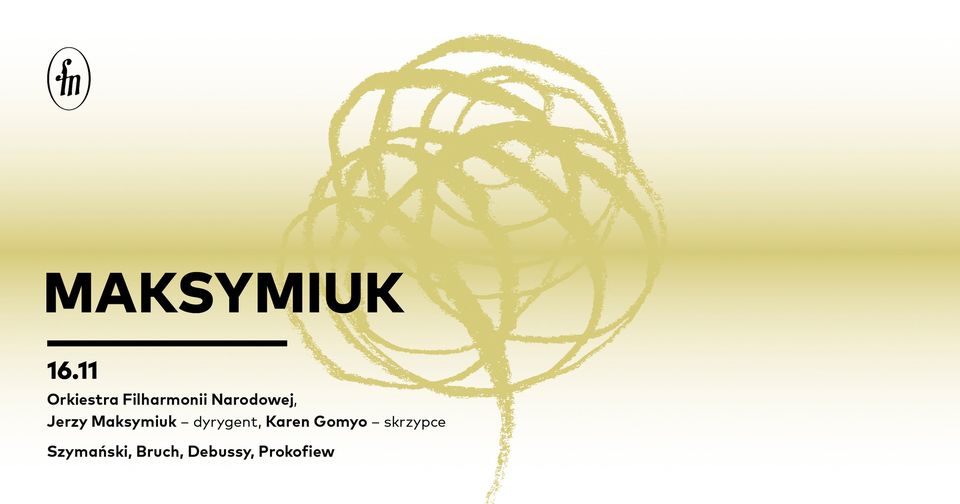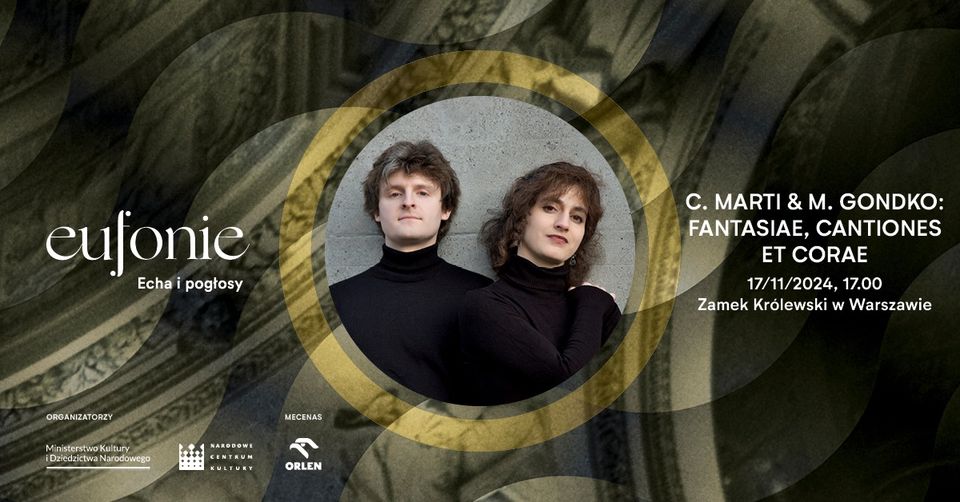
It has become customary to consider that short pieces performed at the beginning of symphonic concerts serve as a kind of overture (even if they are not in the strictest sense of the word). What, then, is the function of the composition Ceci n’est pas une ouverture (This is not an overture), written several years ago by Paweł Szymański at the request of the National Philharmonic and the Association of Polish Composers? Perhaps a similar one to the famous painting by the French surrealist René Magritte signed 'This is not a pipe' (after all, the work merely depicts a pipe). Szymański's captivating piece evokes the work of a lab technician who performs a dissection of classical scores in an anatomical theater built by himself, in front of the audience. Sergei Prokofiev's Classical Symphony provides a fascinating answer to the question of how Joseph Haydn might have composed if a time machine had transported him to the 20th century. Another great composer, creating at the beginning of the last century, undertook an imagined journey (this time in space). Ibéria, the central and longest part of the cycle Images by Claude Debussy, is considered one of the most splendid musical evocations of Spain, although the composer never had the chance to visit the country. By then already aged Max Bruch reportedly found it difficult to come to terms with the end of Romanticism. His Violin Concerto No. 1, composed while Johannes Brahms was still alive, achieved such great success that few noticed that the German composer wrote two other concertos!
Performers:
National Philharmonic Orchestra
Jerzy Maksymiuk - conductor
Karen Gomyo - violin
Program:
Paweł Szymański - Ceci n’est pas une ouverture [14']
Max Bruch - Violin Concerto in G minor, Op. 26 [27']
... intermission [20']
Claude Debussy - Ibéria from the cycle Images [21']
Sergei Prokofiev - Symphony No. 1 in D major, Classical, Op. 25 [15']


